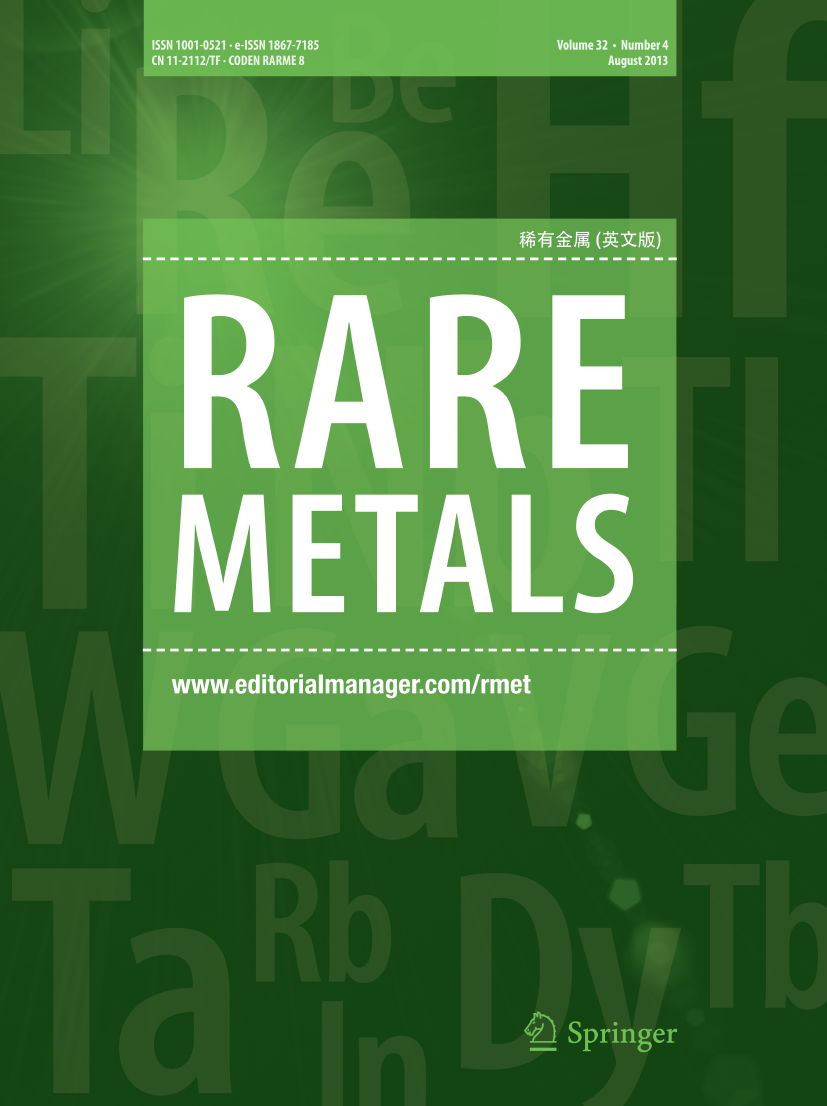Uniformly dispersed zinc-copper alloy as anode preferentially deposited along Zn (002) plane for aqueous zinc ion batteries
Abstract
Aqueous zinc ion batteries (AZIBs) have attracted widespread attention due to their unique advantages. However, the growth of dendrites on the anode and the occurrence of side reactions limits the improvement of electrochemical performance of AZIBs. The alloying of zinc anode effectively alleviates above problems, which is beneficial to the long-term cycle performance of AZIBs. In this study, zinc-copper alloy anode (Cu@Zn) was synthesized by melting method. The method is not only simple and easy to operate, but also can make the synthesized anode Cu element uniform distribution and improve the corrosion resistance of the anode. At the same time, the Cu@Zn surface reconstructed has a large proportion of Zn (002) crystal surface exposure, with the zinc affinity of Cu. Both of them can induce the uniform deposition of Zn2+ ions along the Zn (002) crystal plane, further inhibiting the growth of dendrite. The Cu@Zn//Cu@Zn symmetrical batteries can cycle more than 1000 times at current densities of 0.3 and 1.2 mA cm−2, and maintain a relatively low hysteresis voltage. And the discharge capacity retention rate of Cu@Zn//MnO2 maintains 84.64% at 2.0 A g−1 after 1000 cycles. This study provides a new methodological reference for the development of advanced AZIBs anodes.
Graphical abstract

 求助内容:
求助内容: 应助结果提醒方式:
应助结果提醒方式:


